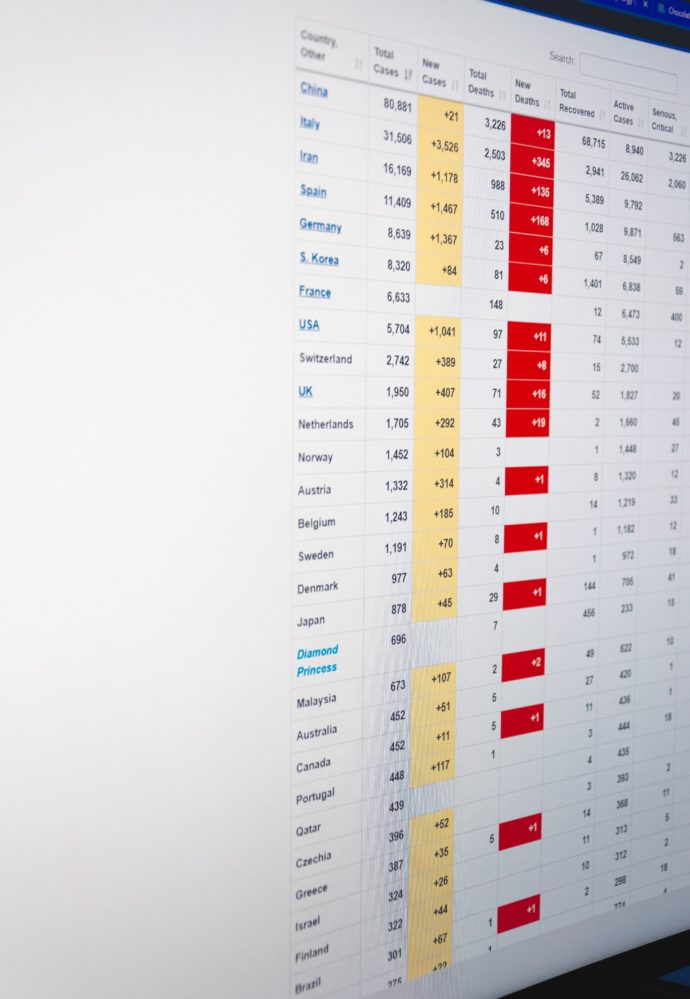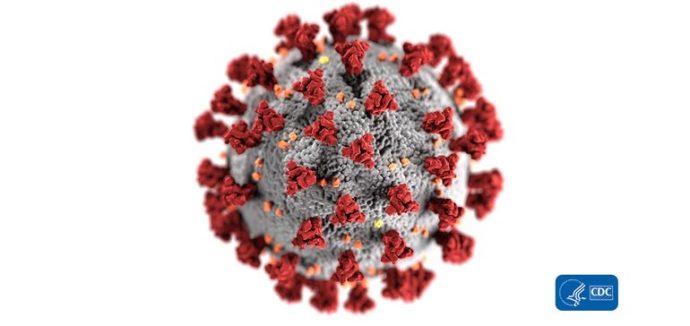Midweek update

Section 1557 is the individual non-discrimination provision of the Affordable Care Act. In June 2020, the Department of Health and Human Services issued a final rule making numerous changes to the Obama Administration’s rule. Both rule makings sparked lawsuits challenging their legality.
Last time around, the lead case, Franciscan Alliance v. HHS, was filed in the Northern District of Texas. That case is still pending on appeal before the U.S. Court of Appeals for the Fifth Circuit.
This time around, the lead case, Whitman-Walker Clinic v. HHS, was filed in Washington, D.C. Roughly one month following oral argument in the case, U.S. District Judge James Boasberg this afternoon denied the plaintiffs’ motion for a preliminary injunction against enforcement of HHS’s revised Section 1557 rule with two exceptions:
- The Court preliminarily enjoined the revised rule’s repeal of the sex discrimination definition found in the replaced Obama Administration rule. That definition afforded express protection to transgendered people.
- The Court also preliminarily enjoined the revised rule’s religious organization exception to the law’s sex discrimination restrictions.
Here is a link to the lengthy yet illuminating opinion and the implementing order. The decision called to the FEHBlog’s attention another interesting civil rights provision of the ACA — Section 1554. This provision places limits on the HHS Secretary’s broad reaching regulatory powers under the ACA.
Judge Boasberg’s decision expands on the Brooklyn federal court decision issued August 17, 2020, that stayed enforcement of the sex discrimination definition repeal. While the federal government has not appealed the Brooklyn decision, the plaintiffs in the FEHBlog’s opinion are likely to appeal the denial of their preliminary injunction motion in the Whitman-Walker Clinic case. And so it goes.
The Centers for Medicare and Medicaid today released its final Medicare Part A inpatient prospective payment system rule for the government fiscal year beginning October 1, 2020.
The increase in operating payment rates for general acute care hospitals paid under the IPPS that successfully participate in the Hospital Inpatient Quality Reporting (IQR) Program and are meaningful electronic health record (EHR) users is approximately 2.9 percent. This reflects the projected hospital market basket update of 2.4 percent and a 0.0 percentage point productivity adjustment. This also reflects a +0.5 percentage point adjustment required by legislation.
Hospitals may be subject to other payment adjustments under the IPPS, including:
— Penalties for excess readmissions, which reflect an adjustment to a hospital’s performance relative to other hospitals with a similar proportion of patients who are dually eligible for Medicare and full-benefit Medicaid
— Penalty (1 percent) for worst-performing quartile under the Hospital-Acquired Condition Reduction Program
— Upward and downward adjustments under the Hospital Value-Based Purchasing Program
Medicare is one complicated program. Medicare is relevant to the FEHBP because the program impact the prices that FEHB plans pay for patient care and there is a large cadre of annuitant enrollees with Medicare Part A coverage.
In other healthcare related news —
- Reuters reports that “President Donald Trump said on Tuesday he planned to meet with pharmaceutical companies this week regarding his so-called most- favored-nation executive order aimed at lowering drug prices paid by the U.S. federal government.”
- STAT News reports that
A new analysis of several studies in which [inexpensive] steroid drugs were used to treat severely ill Covid-19 patients found the drugs significantly helped reduce patient deaths, bolstering earlier, preliminary evidence for the benefit of these medications. In multiple studies involving a total of 1,700 patients, a number of corticosteroids—anti-inflammatory drugs that can damp the effects of an overactive immune system—helped reduce deaths from Covid-19 by about a third, compared with patients who didn’t receive steroids, according to the analysis published Wednesday in the Journal of the American Medical Association.
- HHS’s Office for Civil Rights, which enforces the HIPAA Privacy and Security Rules, has created a consolidate website regarding HIPAA and Health Apps. The site includes links to generally helpful technical information on cloud computing and HIPAA and HIPAA and health IT. Check it out.







